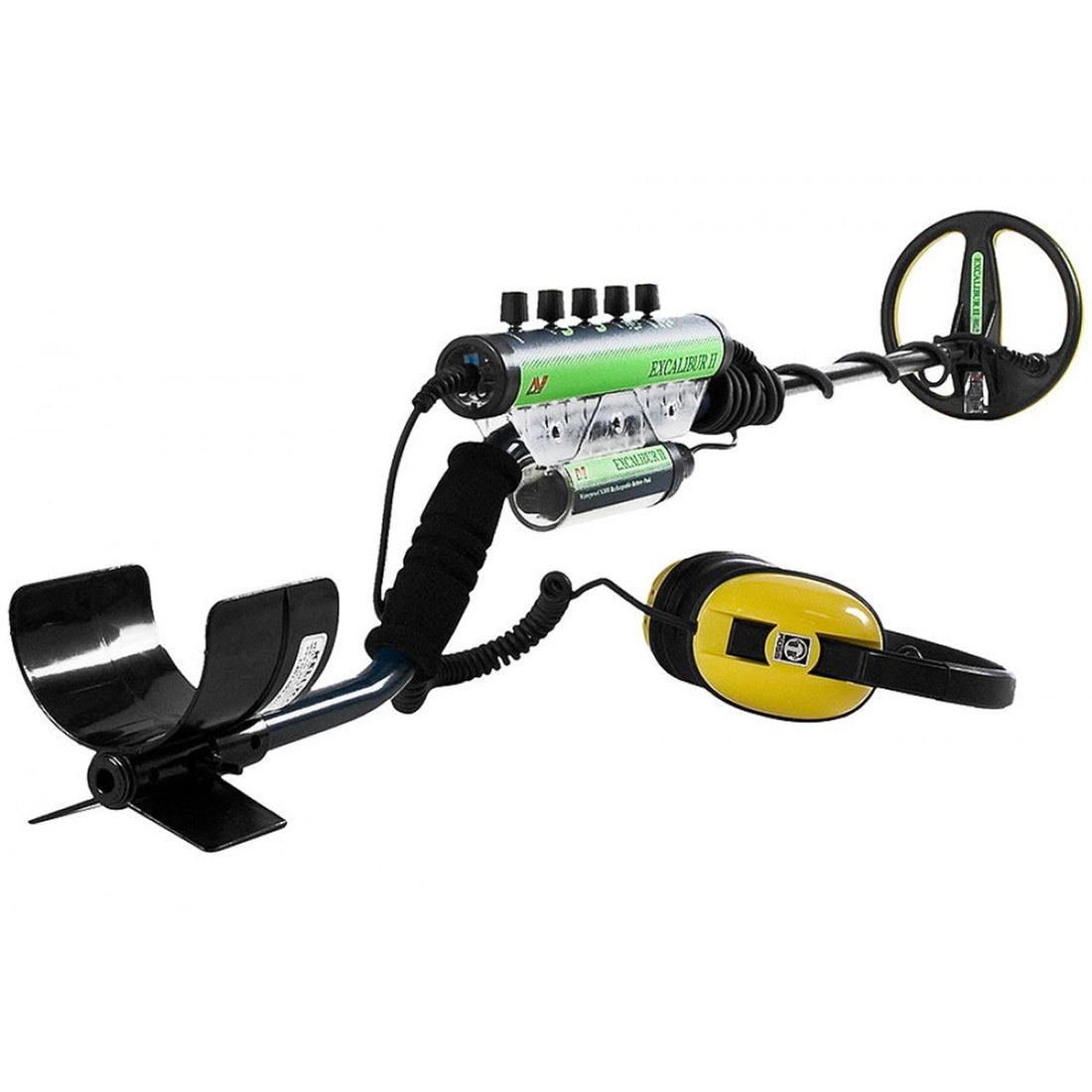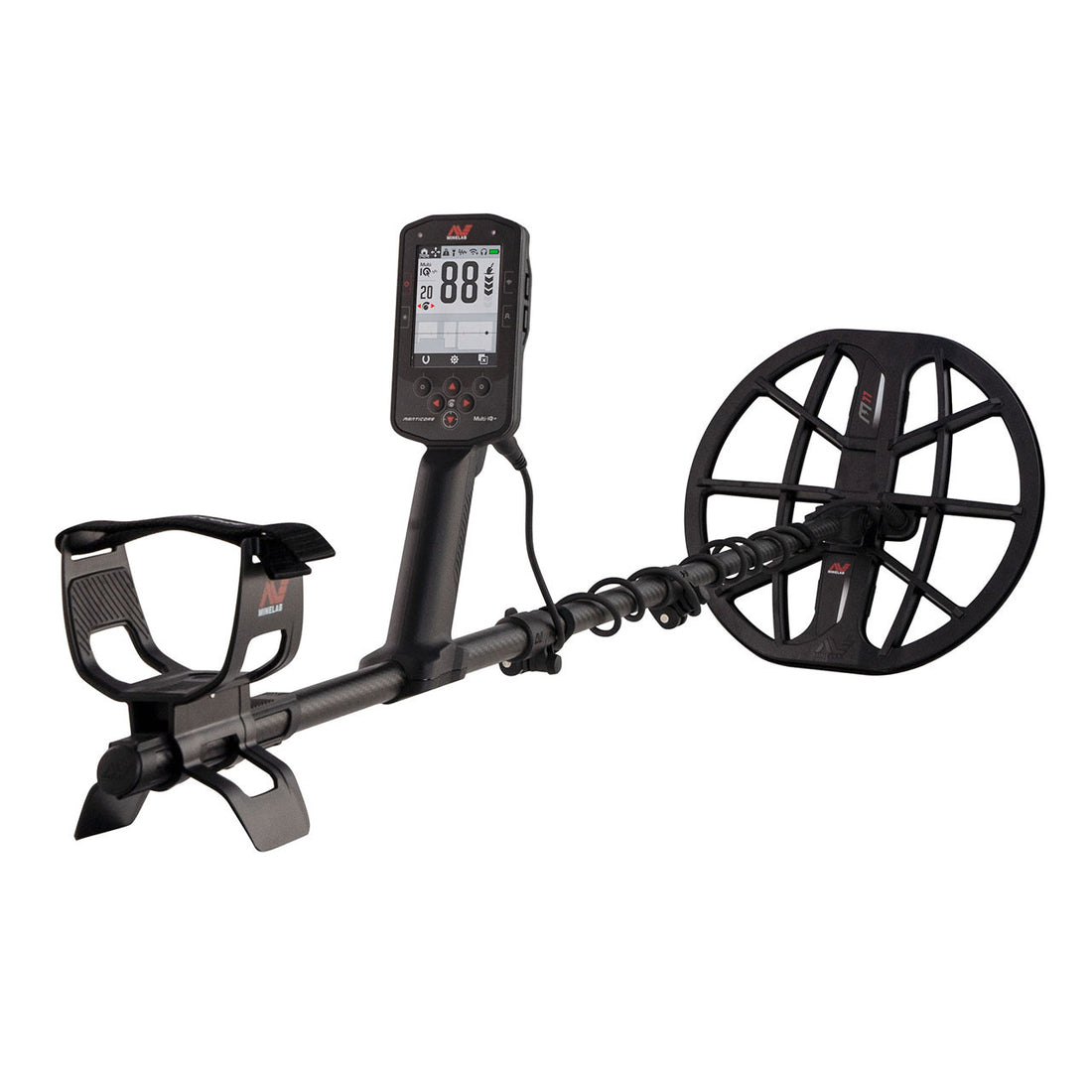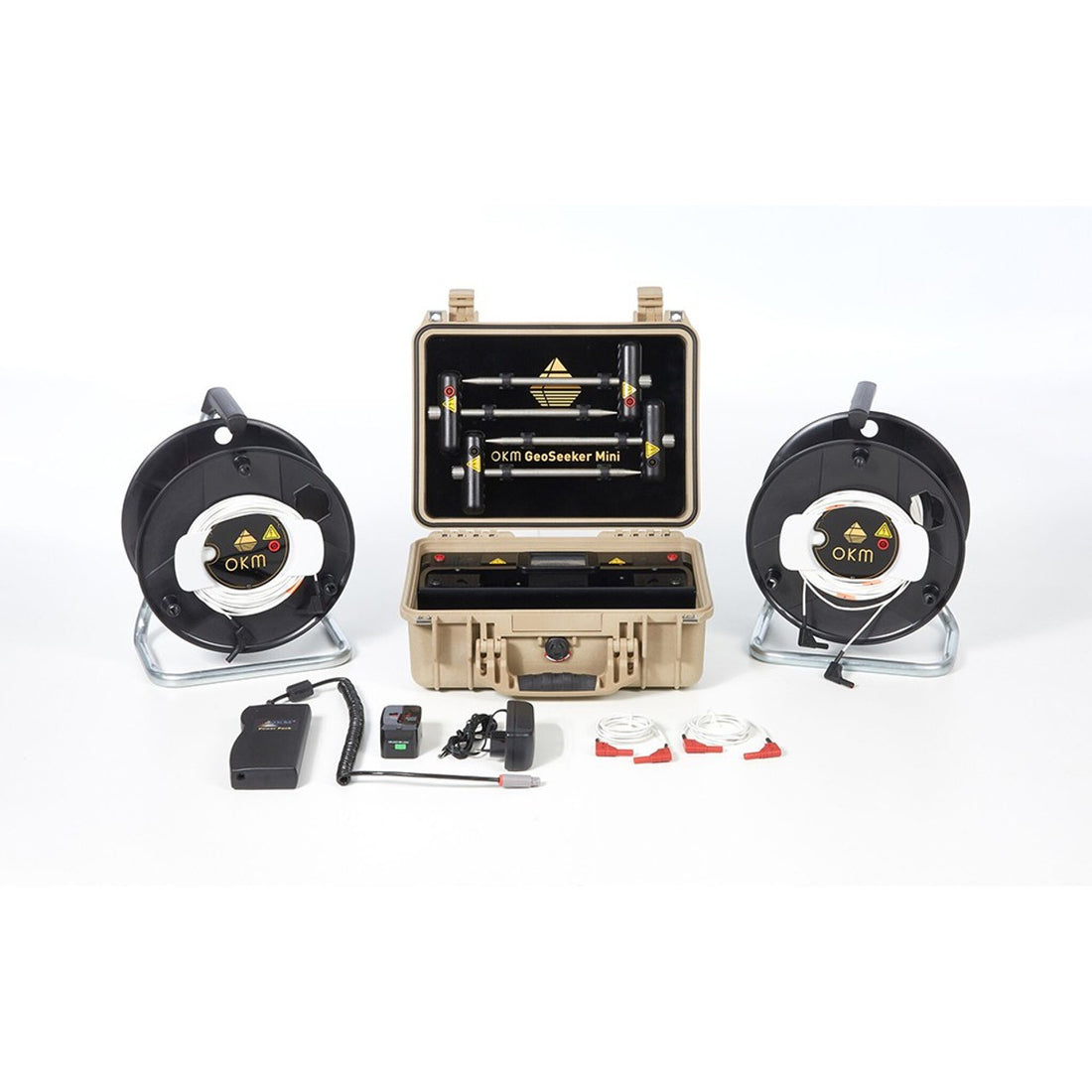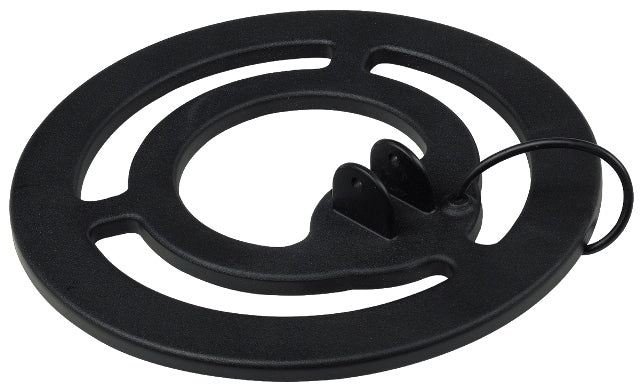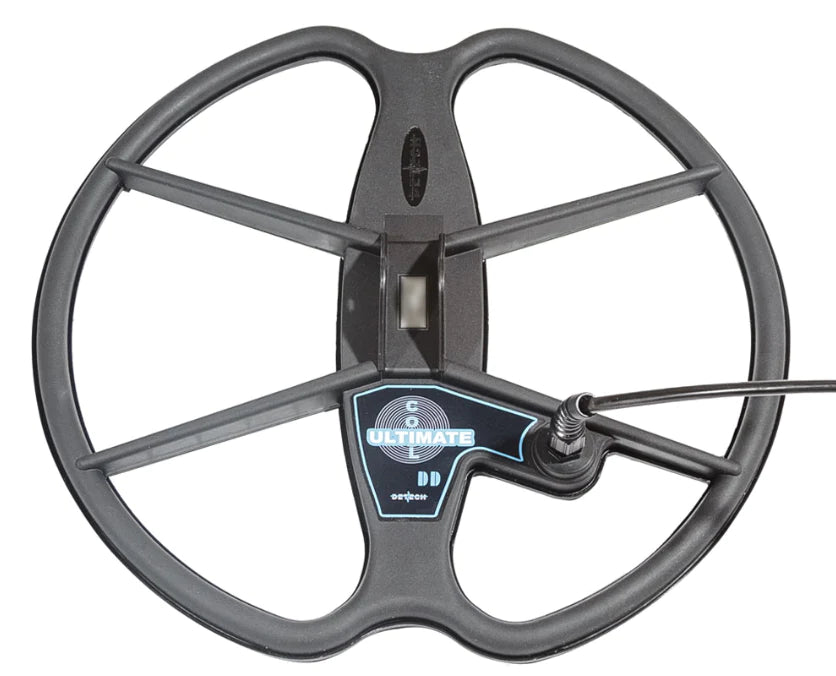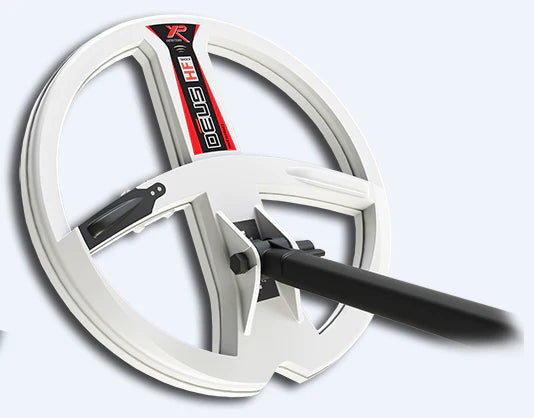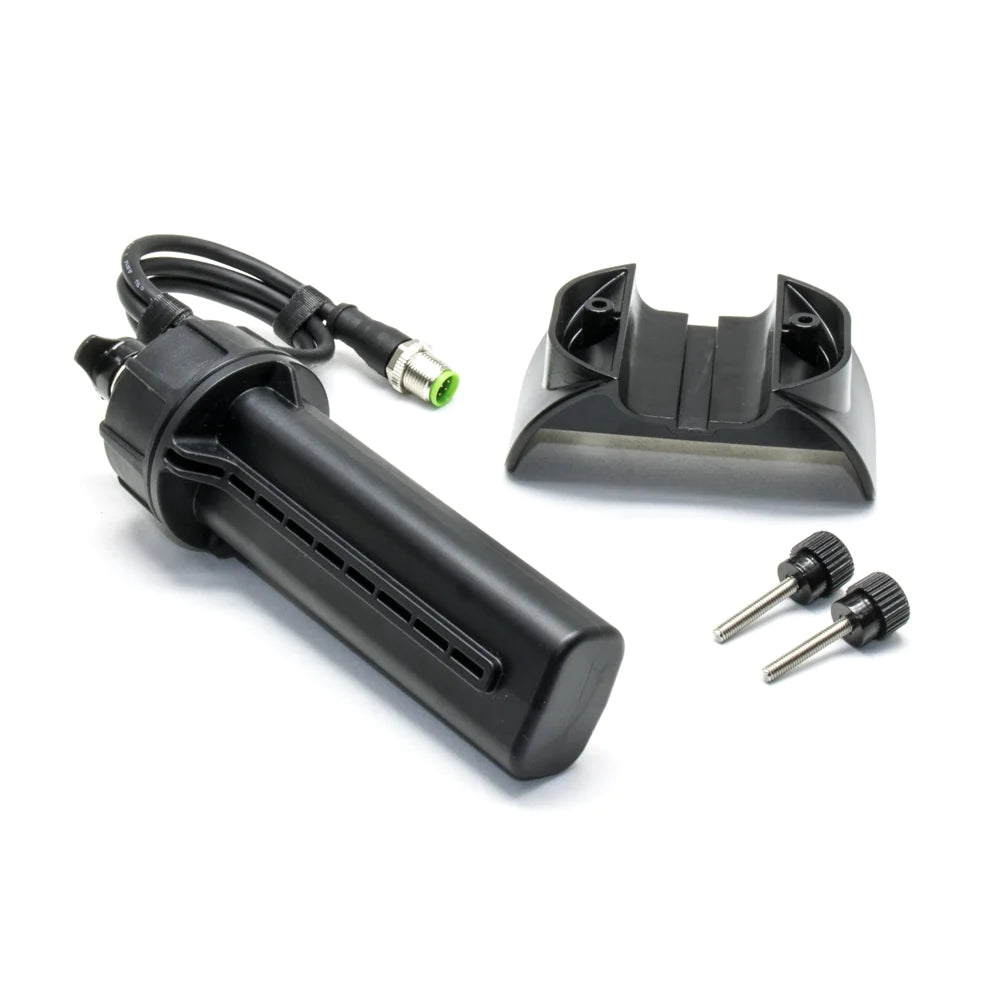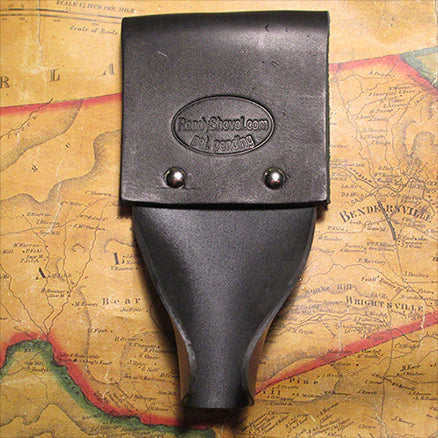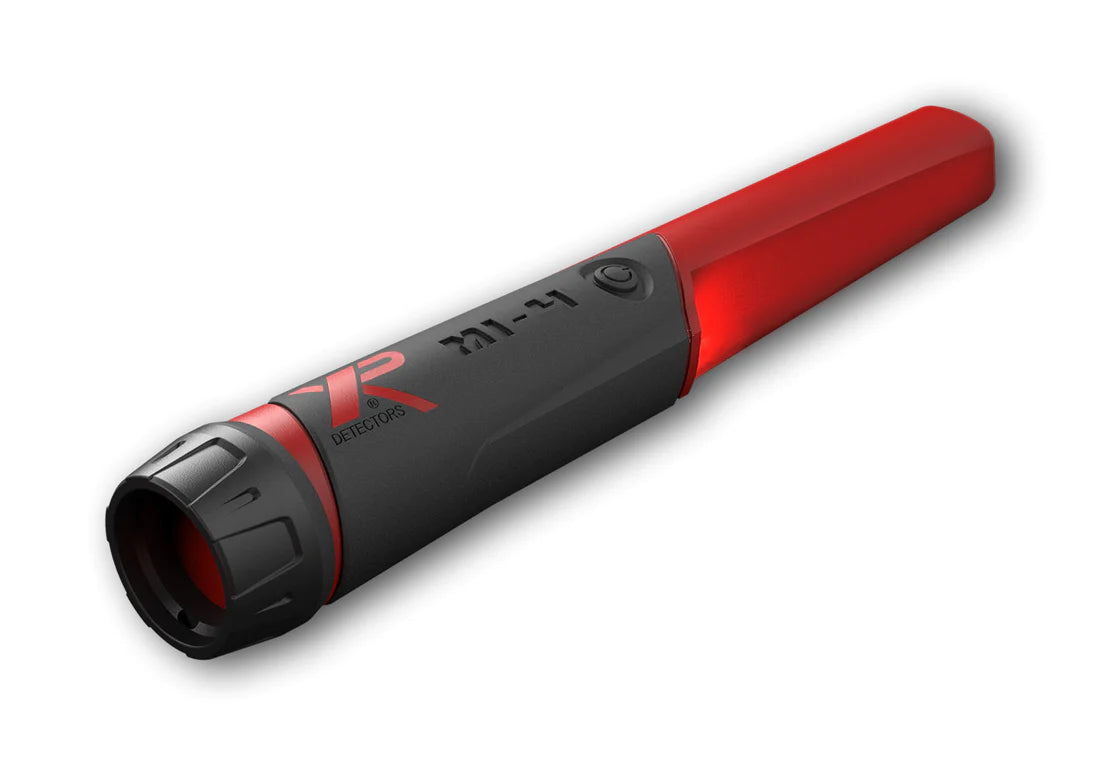How Do Leak Detection Systems Work?
by James Caviness
Water is one of our nation's most critical resources; any loss of water due to damaged infrastructure can become a high-dollar and high-risk situation. This is no different for any town or even a single home- the cost of water leaks can add up and add up fast. The average insurance claim for a homeowner in the United States suffering from damage from a water leak is over $10,000, and costs across the country add up to billions of dollars a year in property damage. This is a large enough number for each of us to be aware of the potential hazards associated with water leaks and how we can protect ourselves. Being aware of the potential hazard and taking a proactive approach can save us tens of thousands of dollars in home repairs while keeping our homes safe and our environment protected.
Leak detection systems are generally put in place at the point of entry for water into the property. Water flow may be shut off from every water-using fixture and appliance, regardless of the problem, to safeguard the entire house from costly and inconvenient damage.
Water leak sensors and detection systems monitor the flow of water through a pipeline. When an unusual pattern is detected, the system shuts off the water supply to the entire home by closing a valve within the leak detector.
There are multiple types of leak detection systems on the market, but they all have the same goal: to quickly and efficiently shut off the water supply to your home before any more damage can be done. Let's take an in-depth look at leak detection systems and how they work at detecting even small leaks.
What Is a Leak Detection System?
There are several types of leak detection systems ranging from acoustic leak detectors to more sophisticated electronic leak detection systems.
There is no doubt that leak detection systems play a crucial role in protecting your home from water damage. They work by monitoring the flow of water through pipelines and shutting off the water supply to the entire house when an unusual pattern is detected.
Acoustic leak detection refers to the use of sound waves to detect leaks in pipes. This technique has been used for many years but only recently have researchers begun to investigate how this technology can be applied to detecting leaks in buildings.
A leak detection system is a device or series of devices used to identify the presence and location of a water leak in a water distribution system. They are usually installed at the point of entry for water into the property, although they can also be installed on the interior plumbing system.
Hydrostatic Water Pressure Test
For pipelines, plumbing, fuel tanks, boilers, and other pressurized systems, it may be wise to use a hydrostatic water pressure test. The idea is simple- fill the system with a liquid, add pressure, and observe. Any drop in the liquid level within the system means there is a leak somewhere and should be investigated.
Video Inspection
In some cases, a plumber may be able to use video equipment to visually inspect the inside of a drain or sewer line. This is often an infra-red camera dropped down the toilet drain (or similar drain), and a visual inspection of the interior of the pipe can be done.
Slab Leak Detection
Using a combination of hydrostatic pressure, line tracing equipment, and a camera pipe inspection, the exact location of a slab leak can be located. When searching under a large slab, knowing the precise location of the leak is imperative since accessing the leak will be difficult.
Electronic Listening Devices or Acoustic Leak detectors
Electronic Listening or acoustic leak detectors allow us to hear leaks from a good distance away, albeit with less accuracy than some other methods. Once the general area of the leak is found, a line tracer can be used to induce current into the water line and determine the exact location of a leak
Digital Water Leak Detection
Digital water leak systems would be best used to locate many different water leaks within a complex network of water lines. Similar to the acoustic leak detector, digital water leak detectors will find the frequency associated with the leak and use filters to eliminate other potential targets or extraneous sounds to isolate the intended leak.
Why Do Leaks Occur?
Water leaks are caused by a variety of factors, ranging from old pipes to faulty plumbing- even environmental factors like freezing temperatures and large trees can be the cause of water leaks. While a leak in your sprinkler system may result in a weekend project after a trip to the hardware store, some other leaks can result in very costly home repairs. Knowing what causes water leaks and where your own trouble spots maybe can be the first step in preventing serious damage to your home and environment- not to mention your wallet. (The article "A Guide to Finding Underground Water Leaks" details some options if you are looking to locate the source of an underground water leak on your own, as well as finding the pipes that may cause issues.)
How Does a Leak Detection System Work?
This is a question we hear all the time, "how does leak detection work?" A water leak detector works by monitoring the flow of water either through a mechanical apparatus (like a small turbine), or through ultrasonic wavelengths. In both cases, the water leak detection system will measure the amount of water passing through that system over a specific time. By having a leak detecting system installed in your home, you can be assured that you will be notified of any changes in water flow or water pressure in your home. A Leak sensor can be applied to different areas of the home in order to be able to more quickly isolate the location of a leak.
Another type of leak detection system is a moisture detector. While this type of detection system may not be able to protect the entirety of your home, having them in potential trouble spots could alert you to any issues immediately. In most cases, these moisture detection systems are placed around major appliances like hot-water heaters, dishwashers, or washing machines to ensure that if there is any water leaking, the reaction can be swift to avoid costly damage.
Types of Water Detectors
With a variety of causes of leaks around a home or area and the significant costs associated with leaks, it may not be a surprise to see a variety of different industrial detector systems used to detect the presence of water where it shouldn't be.
Reverse Osmosis Water Detector
A reverse osmosis water detector installed in the proper locations can prevent significant damage if a leak happens to occur when you are not home to turn off the water. While a reverse osmosis water detector sounds intimidating, it is essentially a small device that will act as an emergency shutoff valve; a small apparatus inside the detector expands when it gets wet, causing a valve to shut off the flow of water to a nearby appliance. These are generally installed under washing machines or behind refrigerators.
Smart Home Water Monitors
A smart water leak detector monitor is a tool that is attached to a water pipe near a connection and can detect the presence of water and in some cases, changes in temperature as well. Installing one of these systems near fittings can ensure no water is dripping from them. Smart Home Water Monitors will be linked to your home's wi-fi and will alert your smartphone if there is moisture detected or your pipes may freeze.
Digital Water and Electronic Leak Detectors
Digital Water and Electronic leak detector systems use a small sensor module to detect the presence of water, wired to a shut-off valve positioned along the water line; if the sensor module detects water, it will send a signal to the shut-off valve and immediately turn off the flow of water. There is typically a very loud alarm that sounds when the detector has been triggered. These are generally found on hot-water heaters and other major appliances that use a significant amount of water.
Wireless Control Monitors and Shutoff Valves
The wireless control monitors and shutoff valves operate on the same system as the digital water and electronic leak detectors but with wireless integration. Not only will these systems sound the alarm, but they will alert you via smartphone to any issues while also automatically shutting off the valves in place to prevent further damage.
Video Pipe Inspections
Visual confirmation can be important in determining if there is an issue with a water or sewer line. In a video pipe inspection, an infrared camera is typically dropped down a toilet drain, and a plumber can visually inspect the pipes for any leaks or trouble spots.
Hydrostatic Pressure Tests
A Hydrostatic Pressure Test can be done in any pressurized system, such as pipelines, plumbing, fuel tanks, boilers, and more. This test fills the system with liquid, then applies pressure. The operator observes any changes to the liquid level within the system, or drops in pressure, which would be a clear indication of a leak. Hydrostatic pressure tests are commonly done in conjunction with other methods of leak detection on a closed system in order to find the precise location of a leak.
Where and How to Check for Leaks?
Finding plumbing leaks or hidden leaks in a water distribution system can be tricky and can drastically affect water usage and your monthly water bill, but modern leak testing and detection systems use various technologies to quickly and accurately identify the problem. Some of the most common areas to look for physical leaks include:
- Water heater
- A the time of water heater installation
- Water meter and external pipes
- Washing machines, dishwashers, and other large appliances
- Concrete slabs
Leak sensors and detectors like The Moen Smart Water Detector work by monitoring the flow of water through pipelines to check for a leaking pipe. They can even work as a freeze detector for frozen pipes. They use a mechanical turbine or ultrasonic frequencies to monitor water flow. These water leak detection systems look for the pattern of water flow either by counting gallons passing through the sensor or sonically recording the delay in time.
With the help of professional plumbing services or a leak detection service and preventative maintenance like drain cleaning and using a water sensor or leak detector, your home can be safe from water damage due to hidden or underground leaks.
A burst pipe can cause lots of damage. A burst pipe can be caused by an underground plumbing system that has been damaged due to corrosion, age, or some other cause. When this happens, water can leak out at any point along the pipeline. Burst pipes are usually caused by heavy rainfall, but they can also be caused by earthquakes, landslides, or other natural disasters.
Other leak detectors detect moisture using various techniques, such as cutting off the water supply. Leak detection equipment comes in variations to suit the needs of your home and property. Here are some of the different types of leak detection methods on the market:
Ultrasonic Leak Detector
Ultrasonic leak detectors use sound waves to detect the presence of running water via this leak detection method. They emit a high-frequency sound that is inaudible to humans but can be heard by small aquatic creatures like fish. When water passes through the piping and into the air, it creates bubbles that emit an ultrasonic sound. The leak detector picks up this sound and amplifies it so that it can be heard by the human ear.
Electronic Leak Detector
Electronic leak detectors work in a similar way to ultrasonic leak detectors, but they use electronic signals to detect the presence of water. These detectors are often used in industrial settings where there is a high risk of water leakage.
Flow Meter
Flow meters measure the rate at which water travels through a pipeline. It measures the change in pressure that occurs as the water flows through the meter as it passes through. Based on this information, the leak rate is calculated.
Pressure Sensor
A pressure sensor is a device that measures the amount of pressure exerted by water passing through a pipeline. It does this by measuring the change in electrical resistance that occurs when water passes through the sensor. Based on this information, one is then able to calculate the amount of water pressure present in the system.
Dye Penetration Leak Detector
Dye penetration leak detectors use a liquid dye to detect the presence of water. The dye is injected into the water supply and travels along the pipeline until it reaches the point of leakage. In contact with air, the dye changes color and allows the technician to pinpoint the leak's location.
Vacuum Leak Detector
A vacuum leak detector is a device that uses a vacuum to detect the presence of water. It works by creating a vacuum around the pipeline and measuring the change in pressure that occurs when water passes through the detector. With the assistance of this information, we are able to calculate the amount of water that is moving through the pipe.
Water Detection System Installation and Cost
There are a few considerations to make when deciding if you should install a water detection system in your home. Older homes may be more subject to repairs from leaky pipes and may benefit from a water detection system. Any home with large appliances that may be near the end of life or new ones that you would like to keep working properly could benefit from having a moisture detector nearby to alert you of any issues.
Electronic water or leak detectors, especially those which are wifi enabled, can provide a fast and accurate response to any threats or potential hazards. Each of these solutions is something a homeowner would likely be able to accomplish themselves, with little cost- especially compared to the $10,000+ insurance claim that could result from water damage.
Other smart monitors and shutoff valves can be installed by a plumber with minimal cost or stress and can save thousands of dollars in the long run. A few hundred dollars up-front to protect your home and have peace of mind can be worth thousands of dollars and years of frustration down the line.
Copyright 2021 Detector Electronics Corp. - Revised August 2022.

